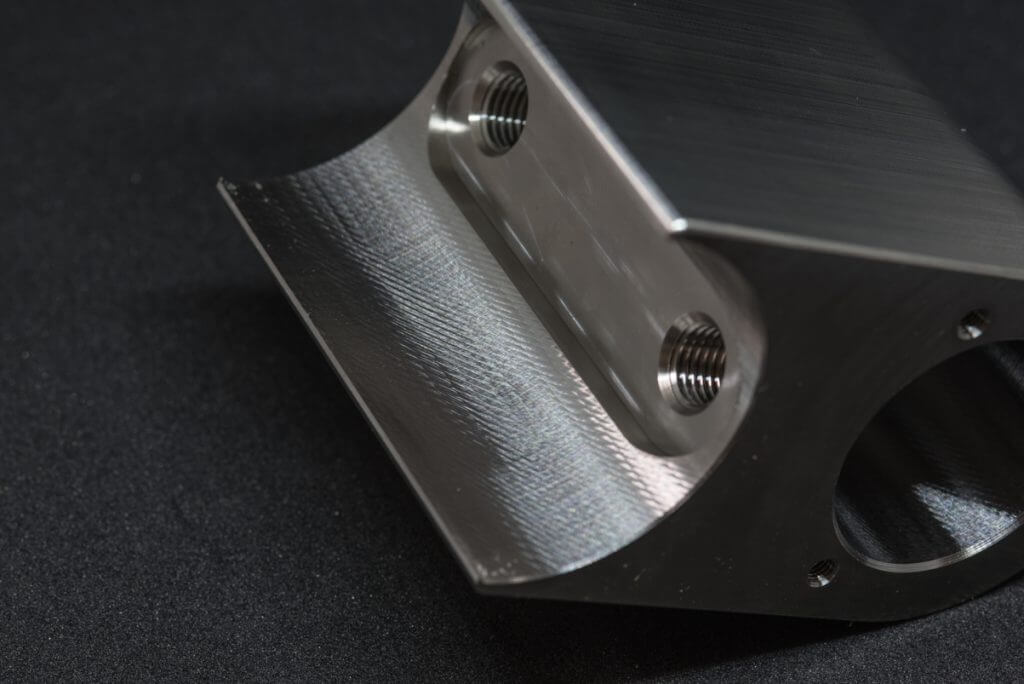Chattering in machining solutions
Chattering is a thorny issue in machining, but understanding its mechanisms can help address its causes and reduce chattering. Tool selection, workpiece instability, and cutting conditions can all contribute to chattering.
Therefore, learning how to manage machining chattering enables us to proactively deal with it. With tailored solutions and real-world examples, manufacturers can improve their machining processes and achieve better results.
1.What is chattering in machining?
Chattering is defined as “vibration and noise that can lead to poor surface finish, reduced tool life, and increased machine wear.” Machinists often refer to chattering as “sensitive cutting” or “resonance.” When chattering occurs, the machine emits a high-pitched whine and the tool produces thick, unstable chip strips.
The dynamic interaction between the cutting tool and the workpiece creates different forces that cause vibrations. Uneven material removal, improper spindle speed or feed rate selection, insufficient tool stiffness, and chatter-prone workpiece materials are the main sources of these vibrations.
Note: Regularly inspect your machine and tools to identify issues that may cause machining chattering. This way, you can avoid damage and keep your machining running smoothly.
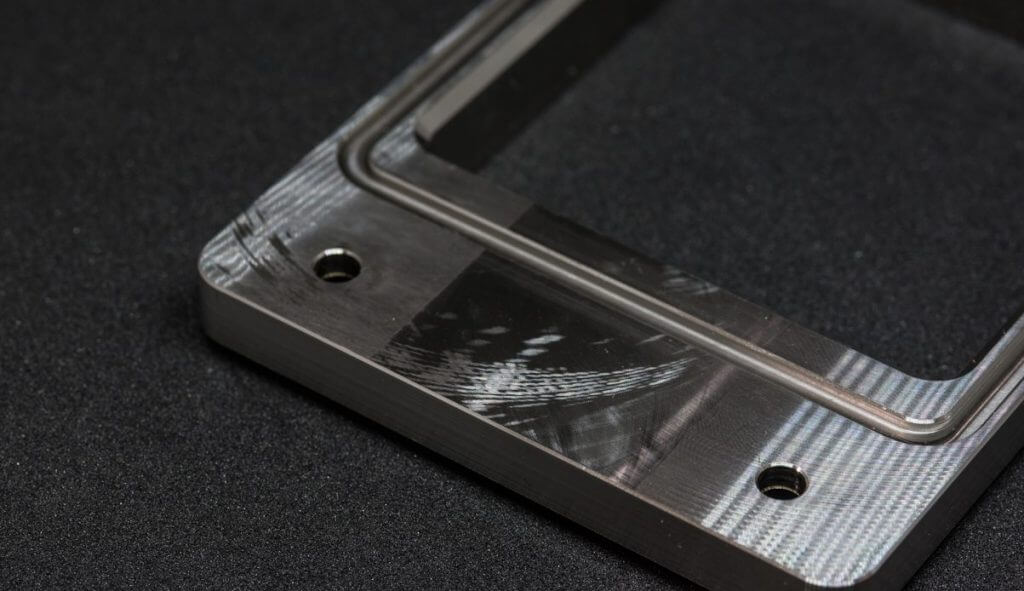
2.Understanding chatter mechanisms
During CNC machining, you may encounter two types of machining chatter. Some of them are as follows:
1) Tool chattering
Vibrations are common problems when cutting with CNC milling cutters. Once trimming begins, they develop a unique signature as the vibrations are transferred to the workpiece. As a result, the friction between the tool and the workpiece increases and the chatter becomes greater.
2) Workpiece chattering
If the workpiece is not properly positioned on the milling machine table, it will occasionally deviate and vibrate. Therefore, as the thin wall of the part moves towards the cutting tool, it may start to shake.
You should keep in mind that some chatter is difficult to avoid. If the vibration during milling is greater than 100µm, the surface of the workpiece may be scratched. If quality is important to you, you should investigate how to reduce tool chattering.
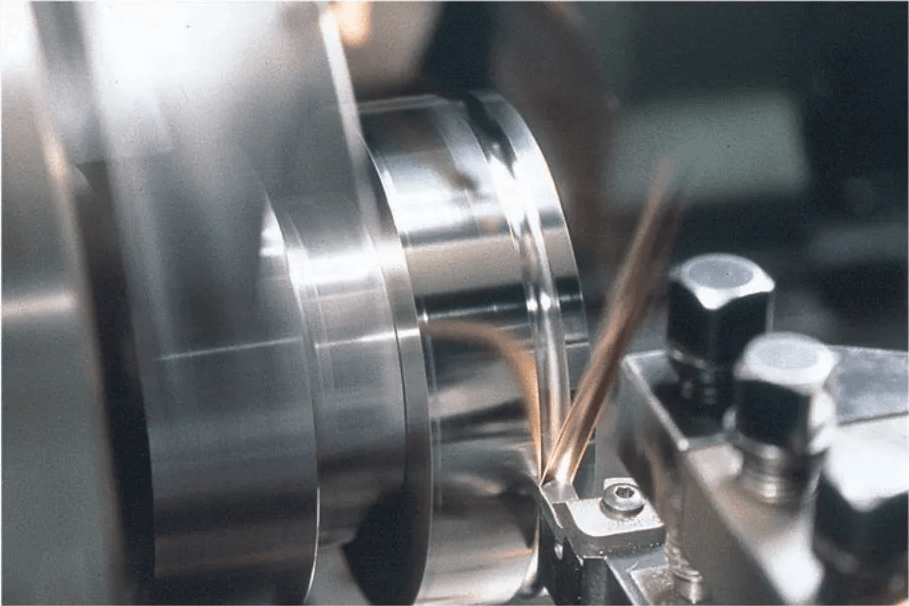
3.What are the causes and consequences of chattering in machining?
Chattering during machining can be a real turnoff – it can lead to uneven cuts, poor surface finish, and even damage to the machine. In order to prevent this unwanted vibration, it is important to understand its causes and consequences.
1) Tool Geometry
Improper tool geometry can cause vibrations that lead to chattering. For example, when the tilt angle and negative rake angle increase, tool wear decreases, which increases surface roughness.
2) Machine Setup
Improper machine setup, such as incorrect parameters or incorrect workpiece fixation, can cause vibrations that lead to machine chattering. For example, when you place a CNC machine on a soft or carpeted surface, it can also increase vibration.
3) Cutting Conditions
Excessive force, high speeds, and improper feeds can also cause chattering. If these occur, the workpiece surface can become rougher than expected. It can also cause burn marks or scratches.
4) Lack of Rigidity
Another factor is a lack of rigidity in the machine or workpiece setup. If it is too flexible, it can cause excessive movement and instability. Rigid design and stable mounting can help.
Beyond these main causes, other details can also affect chattering. Factors such as material properties and tool runout can also have an impact.
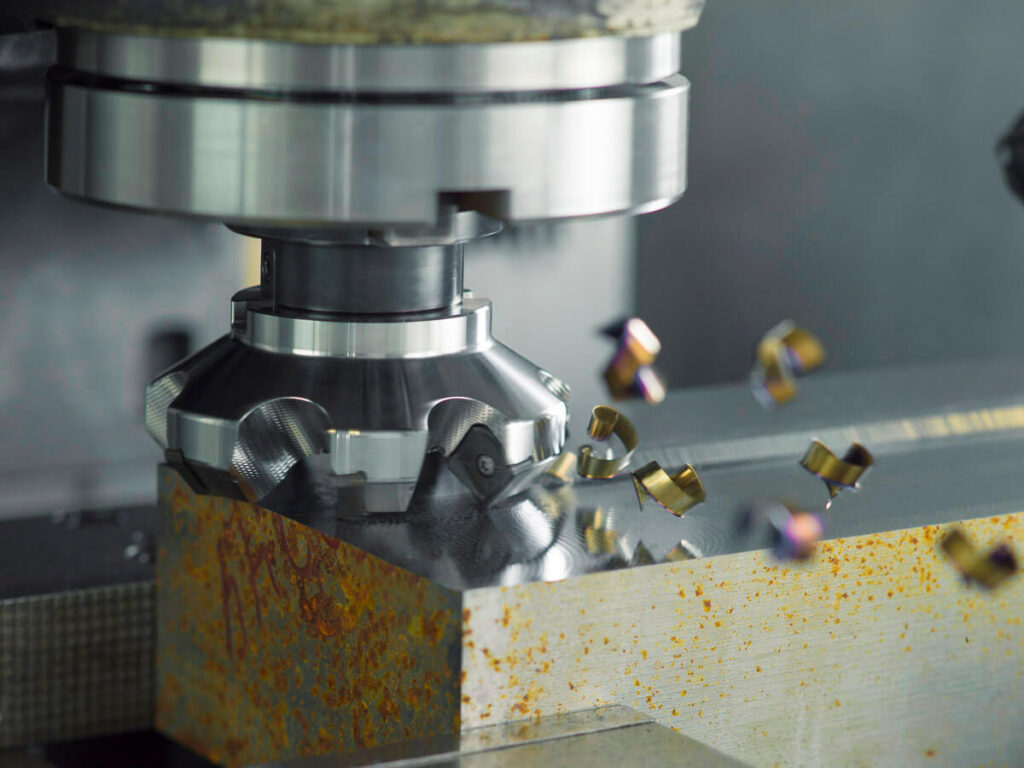
4.Effective Ways to Reduce Chattering During Machining
In this section, we will go in-depth into the knowledge of “How to Reduce Chattering”. To reduce chatter during machining, there are a number of techniques that can be employed. These techniques attempt to minimize vibration during machining for smoother, more precise operations.
1) Use Proper Workholding Methods
Choosing the right workholding solution and maintaining CNC machining tolerances are critical to preventing issues such as chattering. To maintain component surface quality at low RPMs, use toolholders with face and tape contact to provide optimal rigidity during milling. Workholding devices such as vises, vacuum tables, or chucks must apply sufficient force to hold the workpiece in place.
When using clamps and fixtures, avoid clamping only one end of long, thin workpieces. Thin-walled parts often have difficulty absorbing shock, which can lead to chatter. Filler materials can increase rigidity and reduce chatter, so it is recommended to use a tailstock or sturdy bracket when manufacturing such parts. Machining results can be improved if proper workholding methods are prioritized.
2) Tool Selection
Tool selection can have a large impact when it comes to reducing or eliminating chattering. It is true that some cutting tools produce more vibration than others.
Therefore, it is important to consider a few factors when selecting a tool:
- Consider the coating of the cutting tool: The coating of the cutting tool can have a big impact when it comes to performance and vibration generation. Tools with the right coating will last longer, vibrate less, and generate less vibration when machining. For example, DLC coating.
- Evaluate the length-to-width ratio of the tool: Long, thin tools are more susceptible to chatter because they are more susceptible to deflection and vibration. If you need to make precise cuts, choose a tool with a larger diameter and a shorter length. This will increase tool strength and reduce the likelihood of chatter.
- Pay attention to the correct geometry: The stability and vibration characteristics of a tool are affected by its substrate geometry, such as the groove design and edge arrangement for CNC machining. Using a cutting tool with the correct substrate geometry can reduce vibration or chatter.
- Keep the blade sharp: Make sure the blade is sharp and in good condition; this will reduce the force required when cutting with a CNC milling machine. Maintaining your cutting tools by sharpening or replacing dull blades is essential to achieve optimal performance and reduce chatter.
3) Develop an optimal machine strategy
In traditional milling, the amount of contact the tool has with the workpiece varies. You can reduce vibration by keeping a constant load on the milling cutter as it moves along the tool path. You can try modifying the tool path to keep the amount of engagement constant, rather than increasing the depth of cut.
In addition, you must also consider the spindle configuration. For example, if resonant chatter is the cause of vibration during machining, switching to a different spindle design may help. Making small changes to the machine’s RPM, such as increasing or decreasing it by about 5%, can help reduce resonant vibration.
Some CAM software has tools that allow you to change the spindle speed in a consistent manner. This gives you more options for dealing with chatter-related issues. For example, you can use a vertical machining process involving a vertical machining center (VMC). In this process, the spindle is placed perpendicular to the tool holder and cuts the top of the workpiece.
4) Machine Setup and Maintenance
It is important to mount the CNC machine on a flat, smooth, and even concrete floor. The frequency of the machine chattering depends on how the machine parts are arranged and placed. Do not place the machine on a soft or bouncy surface, as this will make the movement worse.
Consider using anchors to prevent the machine from moving on the floor. This helps prevent objects from moving or shaking too much, which can cause them to chatter. Additionally, secure the machine’s feet, making sure they are firm and level. This will further reduce the likelihood of chatter during machining.
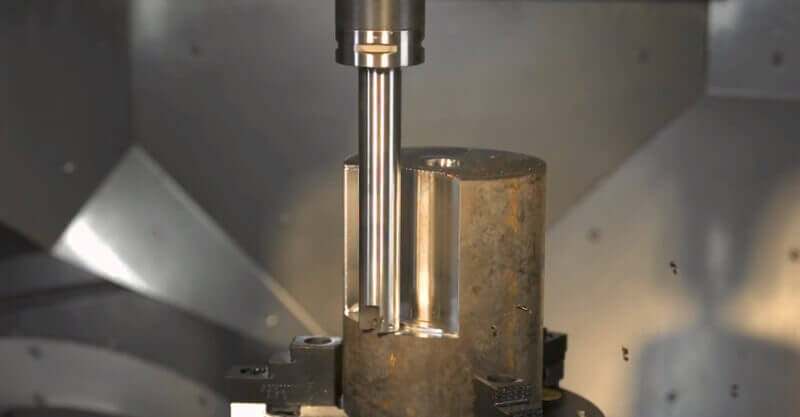
5.Get Machining Services at Xavier
A variety of minor issues can occur during machining, such as chattering, which can negatively affect the final product. When this happens, you need CNC machining experts to assist you.
As a professional CNC machining shop, Xincheng is committed to providing excellent CNC machining services. We have advanced technology and an experienced team that can handle projects of any complexity with precision and care.
We can provide high-quality components manufactured to your requirements, whether you need milling, turning, or multi-axis machining.
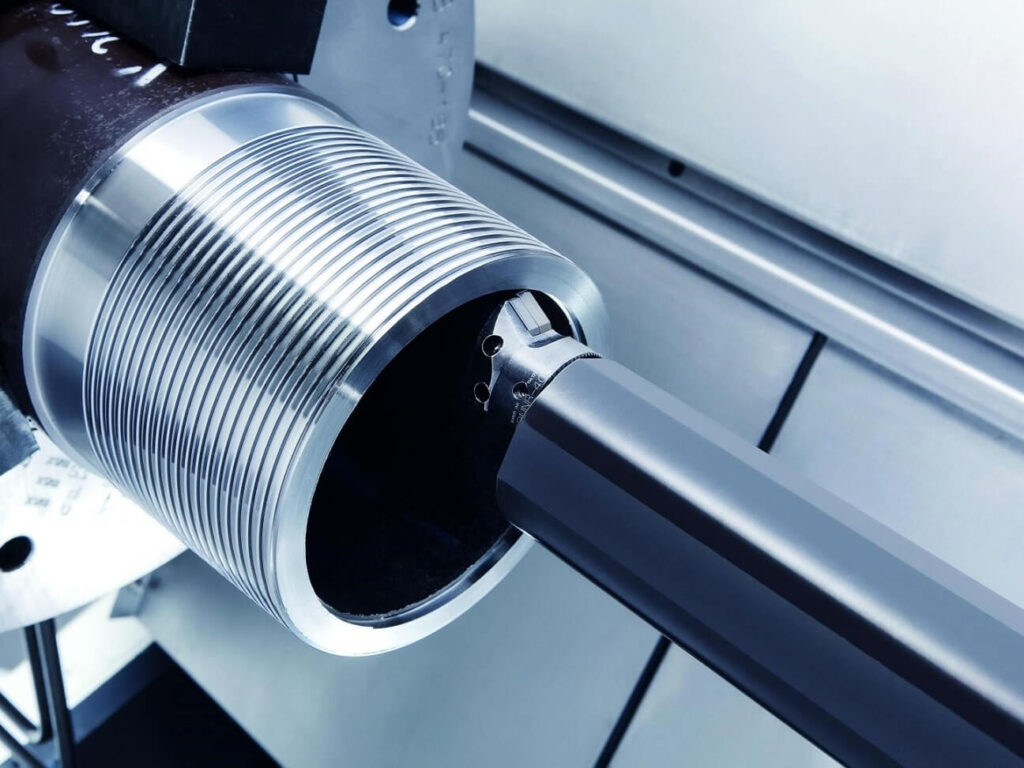
6.Conclusion
There is nothing worse than chattering in machining, which can not only lead to uneven cuts, poor surface finish, but even machine damage. It is crucial to understand the causes of this harmful vibration in order to prevent it from occurring. Chattering can be caused by a variety of reasons, from machine setup to machine maintenance.
